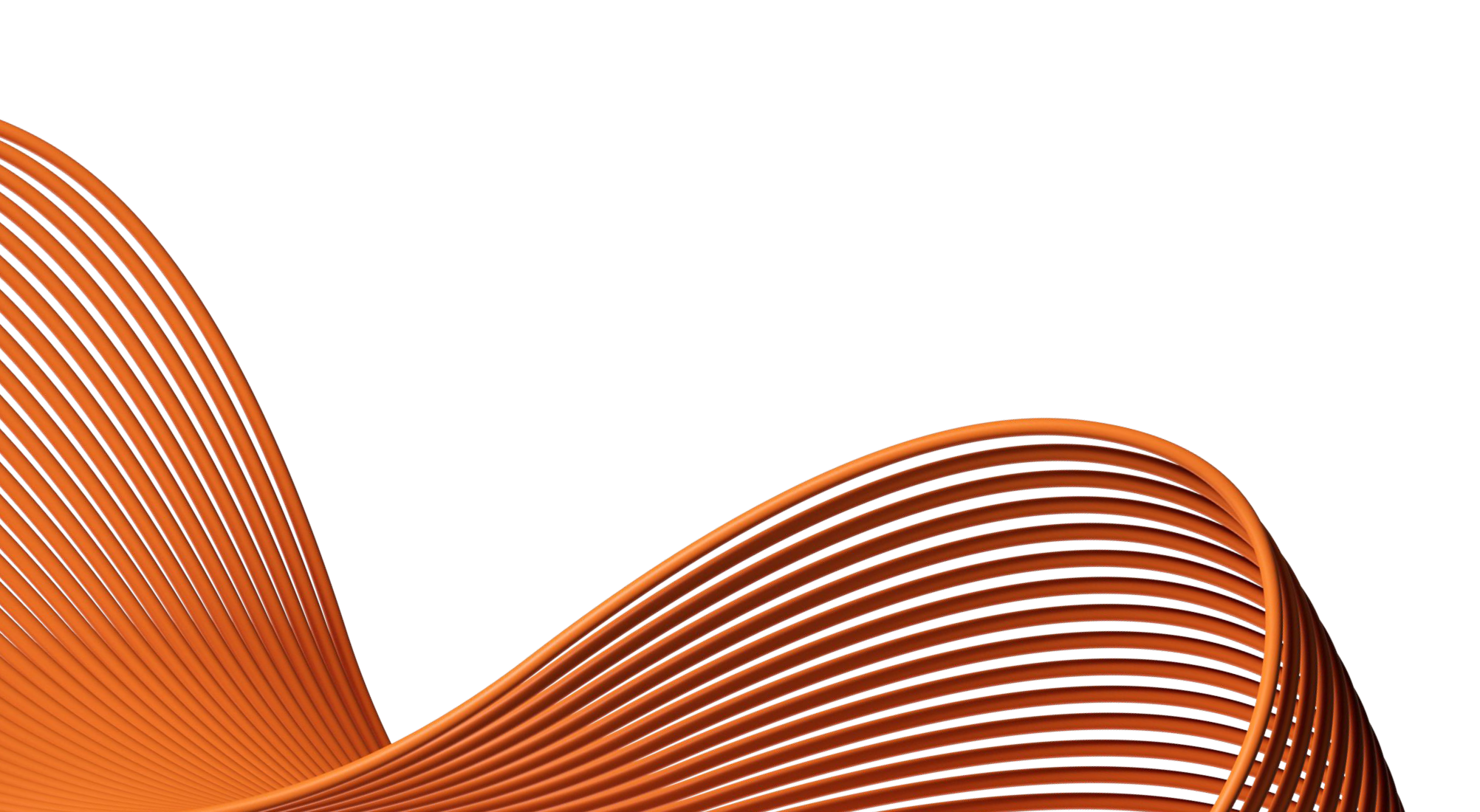- Our Products
- Upper Extremity
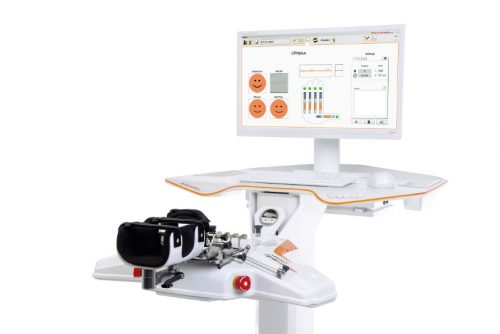 Amadeo Finger-Hand-Rehabilitation
Amadeo Finger-Hand-Rehabilitation
Amadeo is giving hands back their grip and fingers their finesse. Patients who are barely able or unable to grasp can perform hundreds of robot-assisted grasping movements. It won’t train a new Mozart. But it will help patients return to the piano, handwriting Christmas cards, and grabbing life firmly by the horns.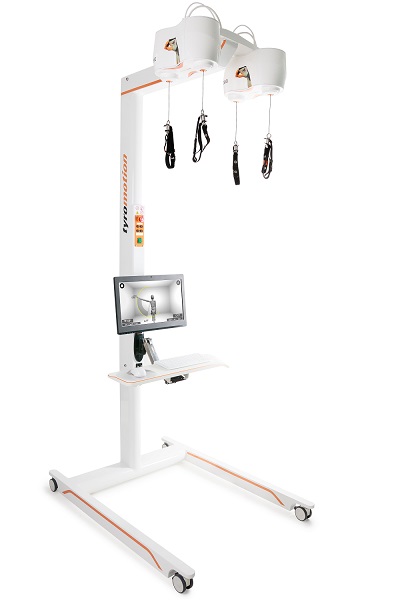 DiegoShoulder-Arm-Rehabiliation
DiegoShoulder-Arm-Rehabiliation
Diego is designed to strengthen what’s important. Whether proximal or distal training, Diego purposefully supports the rehabilitation of natural motion, allows the handling of everyday objects to be relearned, and is usable by adults and children alike.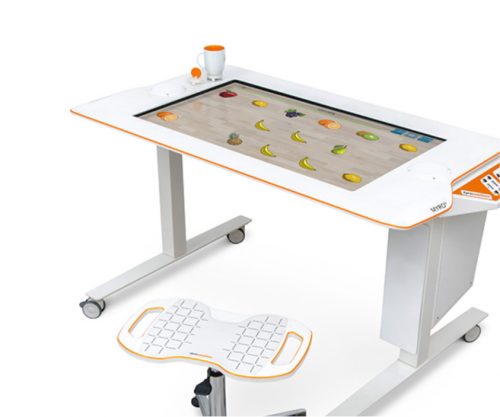 Myro Interactive and task-specific therapy
Myro Interactive and task-specific therapy
Myro is made for making humans get better! The sensor-based surface enables task-oriented rehabilitation with real objects, trains the patient’s cognitive abilities, and improves motor abilities of the upper extremity.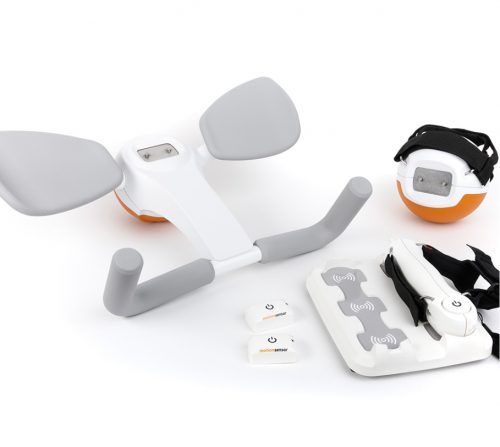 Pablo Upper Extremity Rehabilitation
Pablo Upper Extremity Rehabilitation
As a multifunctional rehabilitation device with comprehensive accessories, Pablo enhances classical therapy exercises with biofeedback, objective assessments, and gamification. It won´t train the next Picasso. But it will help patients to take back control of their lives.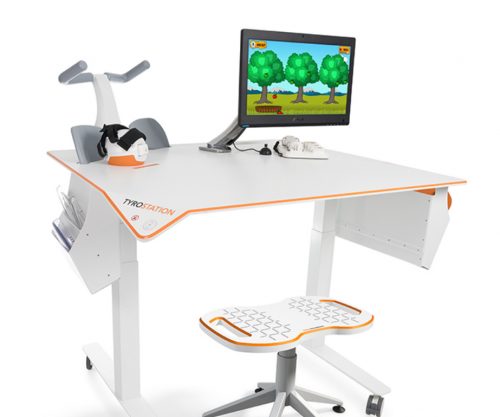 Tyrostation The perfect therapy setting
Tyrostation The perfect therapy setting
The Tyrostation is home to all components of Pablo and Tymo and provides ergonomic adaptability for patients. Sometimes, it´s about the little things in life – or therapy.
- Lower Extremity
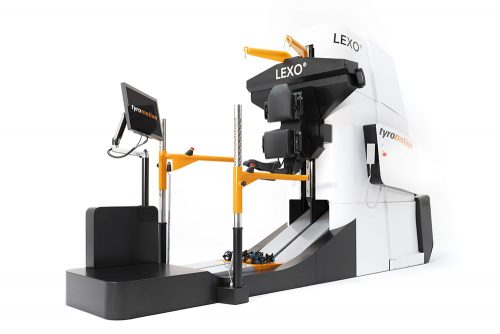 LexoGait and Locomotion
LexoGait and Locomotion
Lexo is a revolutionary gait trainer and impresses with fast setup, high patient activity and optimal trunk support. It encourages active participation and enables therapists to focus fully on their patients.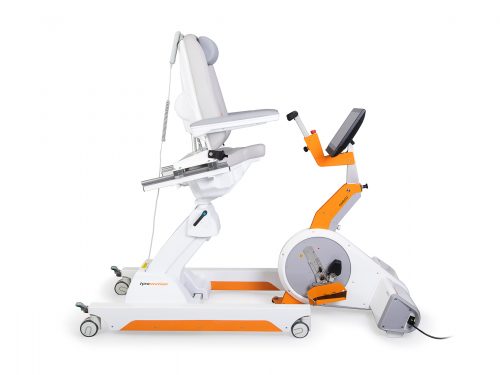 Omego Plus Gait training for the goals across all phases
Omego Plus Gait training for the goals across all phases
More than just a therapy bike! Omego Plus combines uni- and bilateral leg training, leg press, stepper, cycling & foot lift training in one device. Stride stronger with Omego Plus!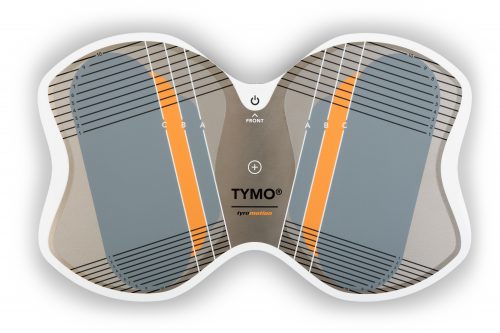 Tymo Balance training and postural control
Tymo Balance training and postural control
Small but powerful! Tymo is a versatile measurement and therapy system for the whole body. In addition to the standing position, Tymo offers a wide range of options for maximum variety during therapy.
- MTT-Line
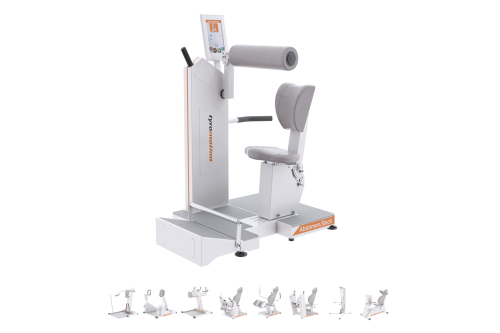 MTT-LineMedical training therapy
MTT-LineMedical training therapy
Get back in the game with the MTT-Line! The Medical Training Therapy devices are specifically designed to strengthen the six major muscle groups of the human body. Barrier free and maximum adjustability make the devices accessible for all types of patients.
- Software
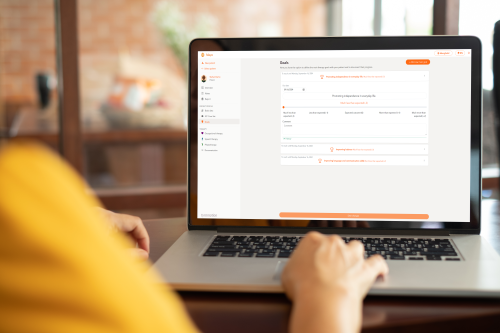 Maya Therapy Platform
Maya Therapy Platform
Maya reduces paperwork, standardizes documentation, and automates reporting, making administration effortless and efficient. Designed for therapists to work wonders!
- Upper Extremity
Rehabilitation
What is CIMT? – Constraint Induced Movement Therapy (CIMT) for hemiparesis following a stroke
7. February 2023 ● 5 min. Reading time

After a stroke, patients want to become independent again as soon as possible. Common goals include independently getting up, eating, and completing personal hygiene routines. With every goal achieved, patients regain more independence and joy of life.
Patients tend to use the less affected hand more often in everyday tasks. It is faster and more accurate, and daily life is easier this way. After a stroke, the affected hand may be neglected, resulting in delayed re-learning of everyday movements and fine motor functions.
How does CIMT work?
The CIMT concept is similar to the one known for children with visual impairments. If the child squints, is cross-eyed or if one eye is weaker than the other, a patch is placed over the healthy eye to train the affected eye.
CIMT therapy works similarly. The less affected limb of the patient is immobilized for a certain amount of time. This can be achieved through a brace, cast, arm sling, or glove. By immobilizing the less affected arm, patients are encouraged to use the affected arm for everyday tasks.
During CIMT, patients are supported by specially trained therapists for several hours at a time. The goal is to train everyday movements with as many repetitions as possible. Support is given for activities like eating, if necessary.
After the therapy sessions, patients are asked to keep using the affected hand as much as possible. This promotes the integration of the exercises into everyday life. CIMT for twelve days usually shows good progress.
Where and how to use CIMT after a stroke?
CIMT is a time-intensive type of therapy. Rehabilitation centers do not always have sufficient time and resources to offer it.
It is common to adapt CIMT to the resources of the rehabilitation facility. For example, the CIMT concept is used during occupational therapy, while other therapies are completed without immobilizing. Sometimes, group sessions focus on the training of the affected side.
Whether an increased use of the more severely affected side at home is efficient has not yet been studied sufficiently. Still, many patients report improvements through targeted practice at home.
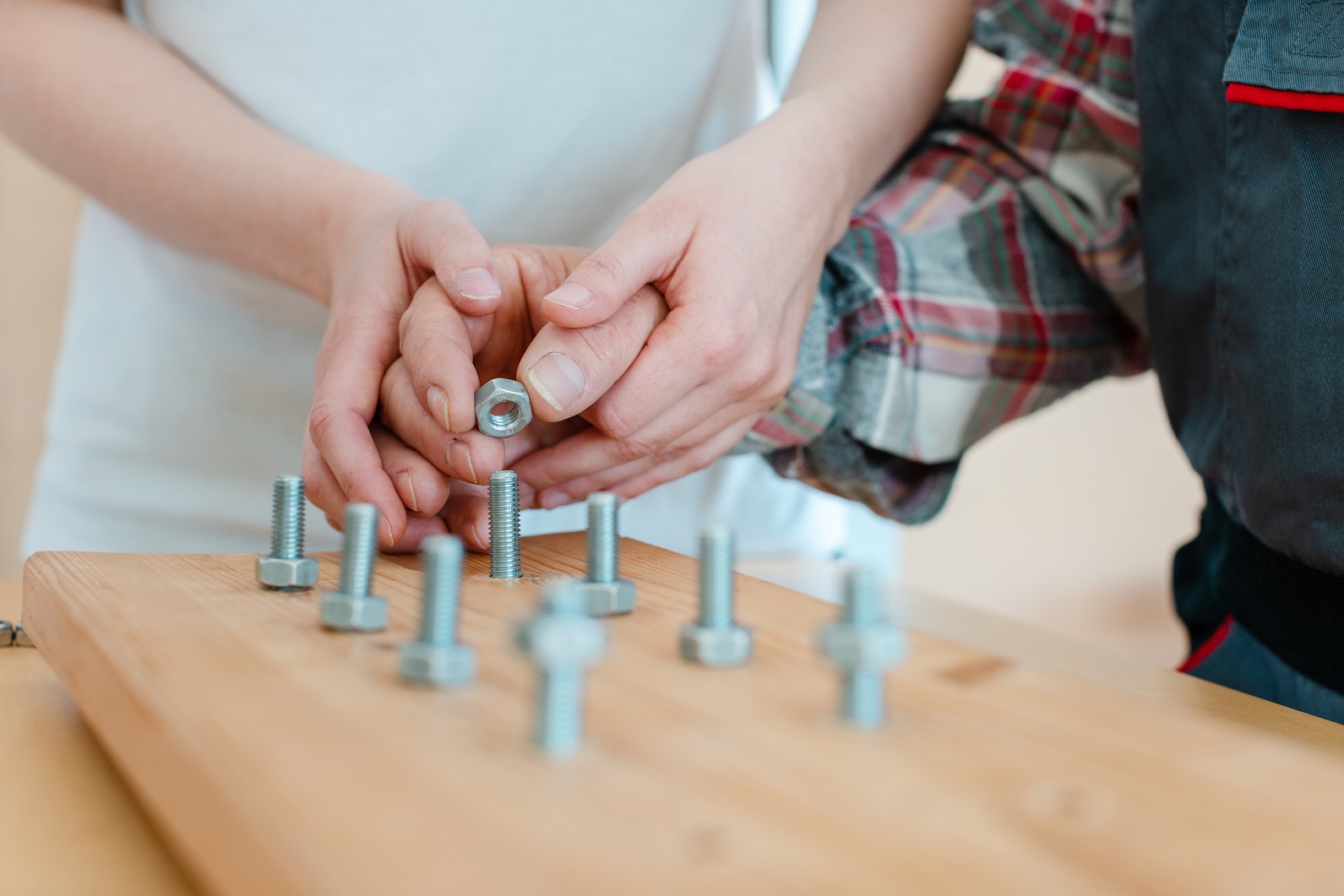
Practicing at home with hemiparesis
There are two types of home exercises. You can set aside extra time for practice or decide on a specific action that you will only complete with your affected hand. Put your healthy or less affected hand in your pocket while practicing. This helps to resist the urge to use the healthier hand to help.
With the first option, you’ll take at least 10 to 20 minutes twice daily to practice activities adjusted to your abilities with your weaker hand.
Quick hemiparesis exercises at home include the following:
- Curl your hand into a fist and open
- Spread your fingers and relax
- Lift your wrist, then lower it
- Practice different types of grips and pinches: key grip, 2-finger grip, 3-finger grip
With the second option, select an action from your daily life that you want to complete exclusively with the affected hand.
Daily life training with hemiparesis includes the following:
- Loading and unloading the dishwasher
- Wiping down tables and other surfaces
- Opening doors
- Cutting food with a knife and fork
- Turning newspaper or book pages
- Picking up and putting down playing cards
- Operating a mobile phone
- Children will probably be happy to assist in playing “rock, paper, scissors”.
When practicing at home, it is important to keep a log of your daily exercises. Once you begin to see improvements, you can gradually increase the exercises’ duration, intensity, and complexity. Your records will help your therapist plan future therapy sessions.
Also, strength training might be a good option. Talk to your therapist about options for additional exercises.
CIMT is not suitable for every patient
Some patients suffer considerably from the restrictions in everyday life caused by immobilization. In these cases, switching to exercises that use both hands is advisable.
It is also important to keep an eye on balance when using CIMT. Ask your therapist if your balance is sufficient to complete the exercises in a standing position.
With CIMT, the patient must understand the point of the exercise. If the patient has trouble comprehending speech or if cognitive functions are impaired, immobilizing the healthy hand can be problematic.
CIMT for the lower extremities
There are studies looking at CIMT for the lower extremities. Here, a weighted brace was attached to the more affected leg or the exercises favored the more affected leg.
These studies showed that spasticity in the leg and strength in the knee when extending the leg could be improved. In their everyday lives, the patients reported improved walking speeds and better balance when standing, among others.
As exercising the weaker leg can be very strenuous, such exercises should always be discussed with a therapist first.
CIMT for children with cerebral palsy (CP)
In children with CP hemiparesis may occur. Affected children are limited in their volitional movements and compensate by developing strategies to complete two-handed tasks with the healthier hand alone.
CIMT can be used for children suffering from hemiparesis symptoms due to cerebral palsy. This requires considerable support from parents and teachers. The treatment is adapted by putting the affected arm in a sling or the affected hand in a glove.
Treatment intensity must be adjusted to the abilities of the children. It´s often sufficient if the therapist places their hand on the healthier hand of the child while the child practices with the affected hand. One study showed that children’s fine motor function improved under this therapy approach.
Author: Hannes Aftenberger
You might also be interested in
4. April 2023
Health
Rehabilitation
Stroke nutrition guidelines for optimal health
Nutrition as the key part in health and well-being of stroke survivors A healthy, balanced …
21. March 2023
Rehabilitation
Kinesio taping in neurology as a useful therapy supplement
The Kinesio tape and its usefulness in neurological therapy What was originally known only from …
7. March 2023
Rehabilitation
Exercises against freezing of gait in Parkinson’s disease
When the legs freeze – how does the symptom “Freezing of Gait” manifest itself? Parkinson’s …



 Contact
Contact 

 Contact
Contact 